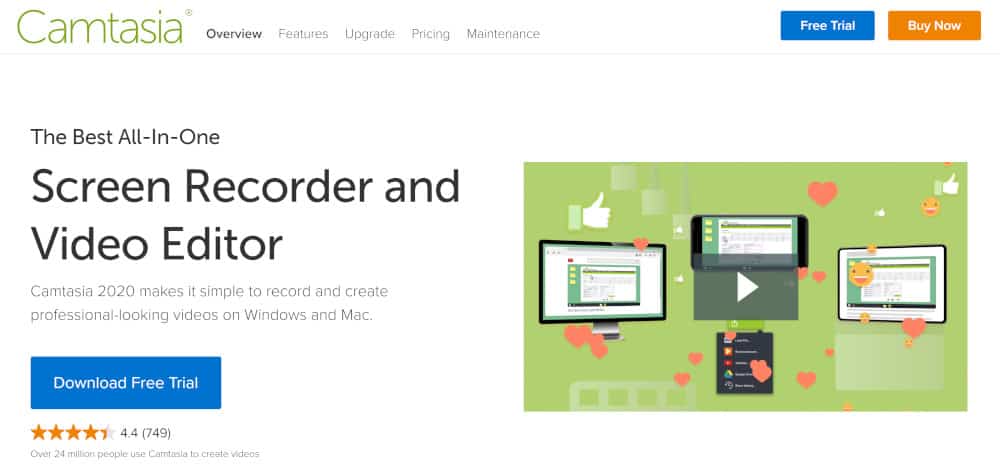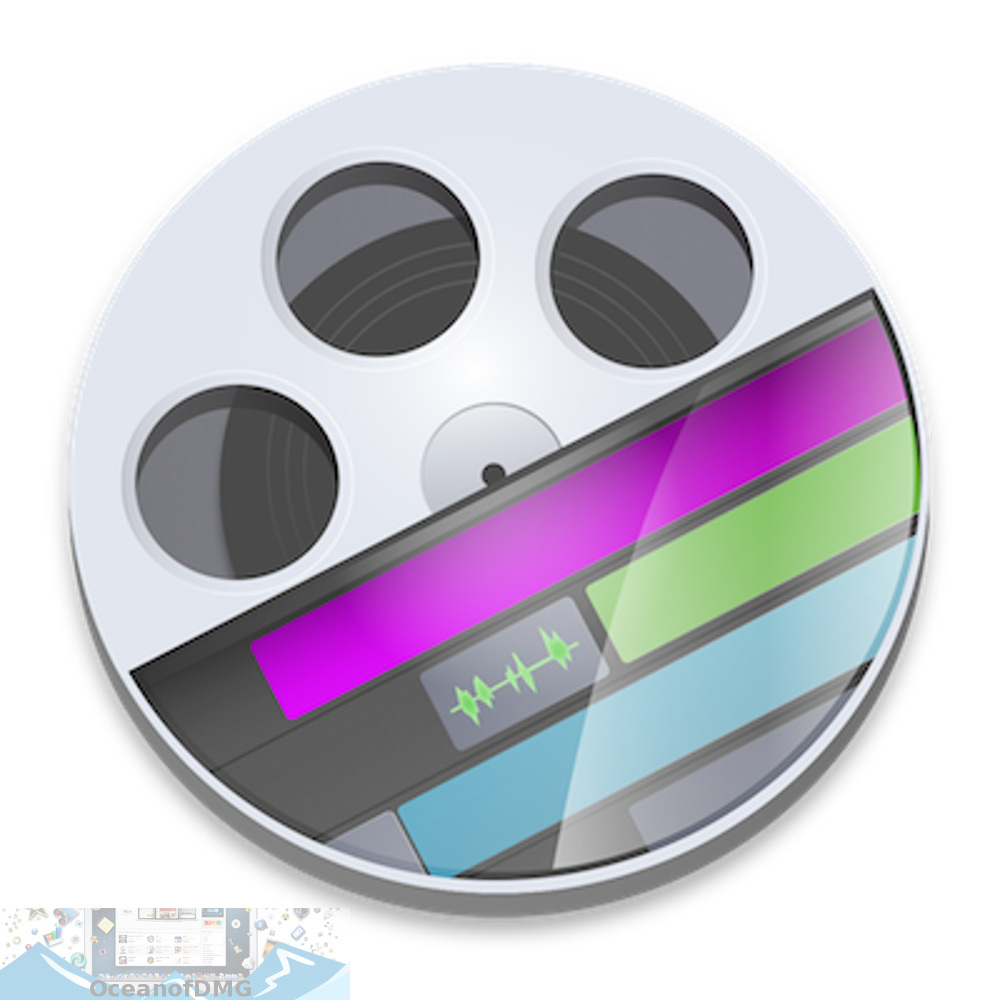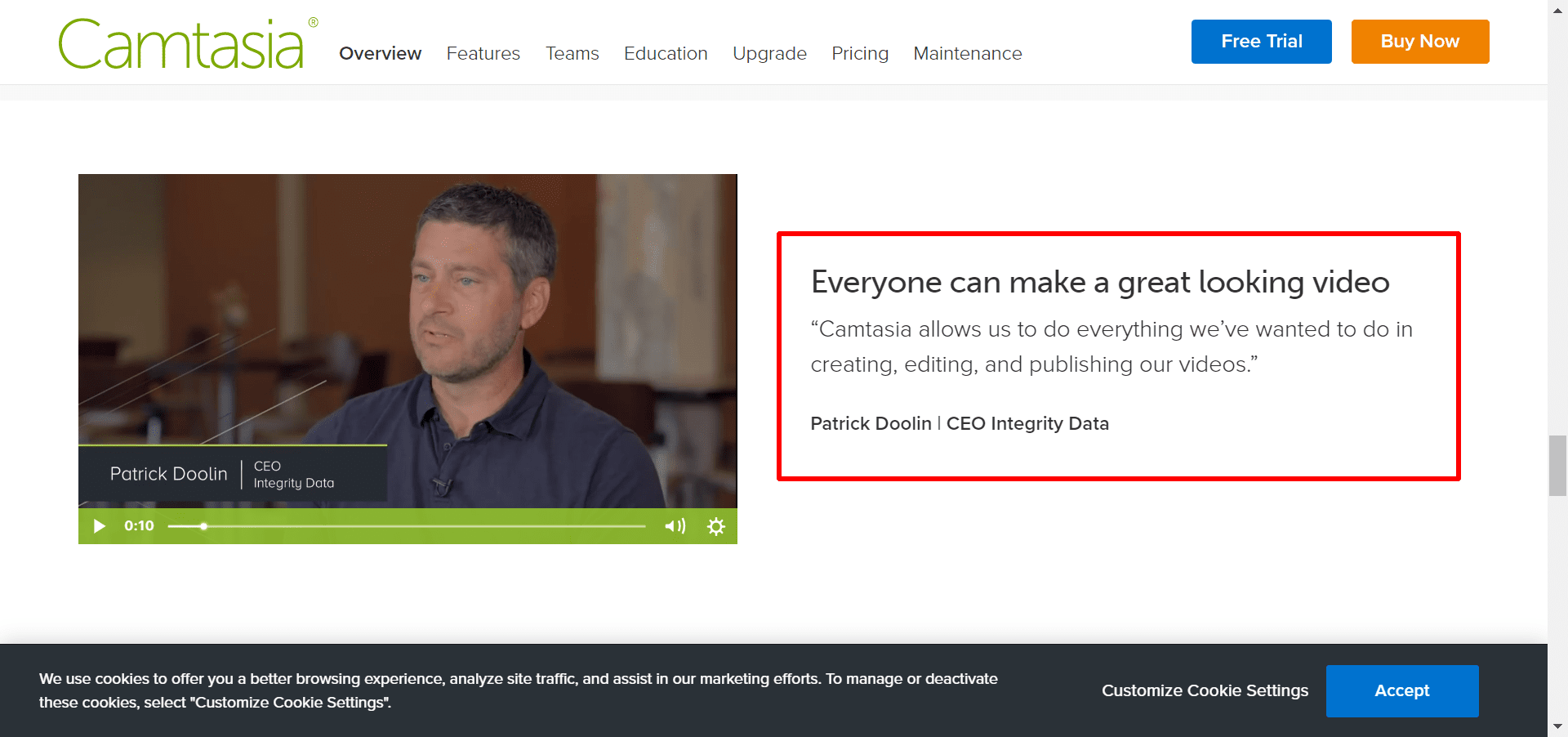
For these purposes, and many others, screen recording software is a major help. You can create video tutorials that teach other people how to use software or clearly explain a computer problem you’re dealing with in order to get help. Screen recording software can be used for a number of goals.


From there I use the Adobe Media Encoder to go out to the other formats and sizes I need. I record my screen in 720p HD (Update: I’m now doing 1080p) and the resulting export from Screenflow looks really good. While Adobe Premiere Pro CC is my video editor of choice, I find that I can do the simple edits I need to do for my episodes right in Screenflow.

Over the years Telestream has continued to bolster the feature set making it pretty much a total solution for not only recording, but editing and distributing screen recordings. This is a native feature of Screenflow and was one of the reasons I settled on it a couple of years ago. After the intro, which was created with Adobe After Effects the first thing that usually catches people’s eye is the image of me in the corner while the computer display is large and angled off to the side. I’ve been using this software to record my Adobe Creative Cloud TV Podcast for a couple of years now and from time to time I even use it to record product demos. I get this question at least 2-3 times a week: “Hey Terry, I really like your video/tutorials what software do you use to record them?” The answer is Screenflow by Telestream.


 0 kommentar(er)
0 kommentar(er)
